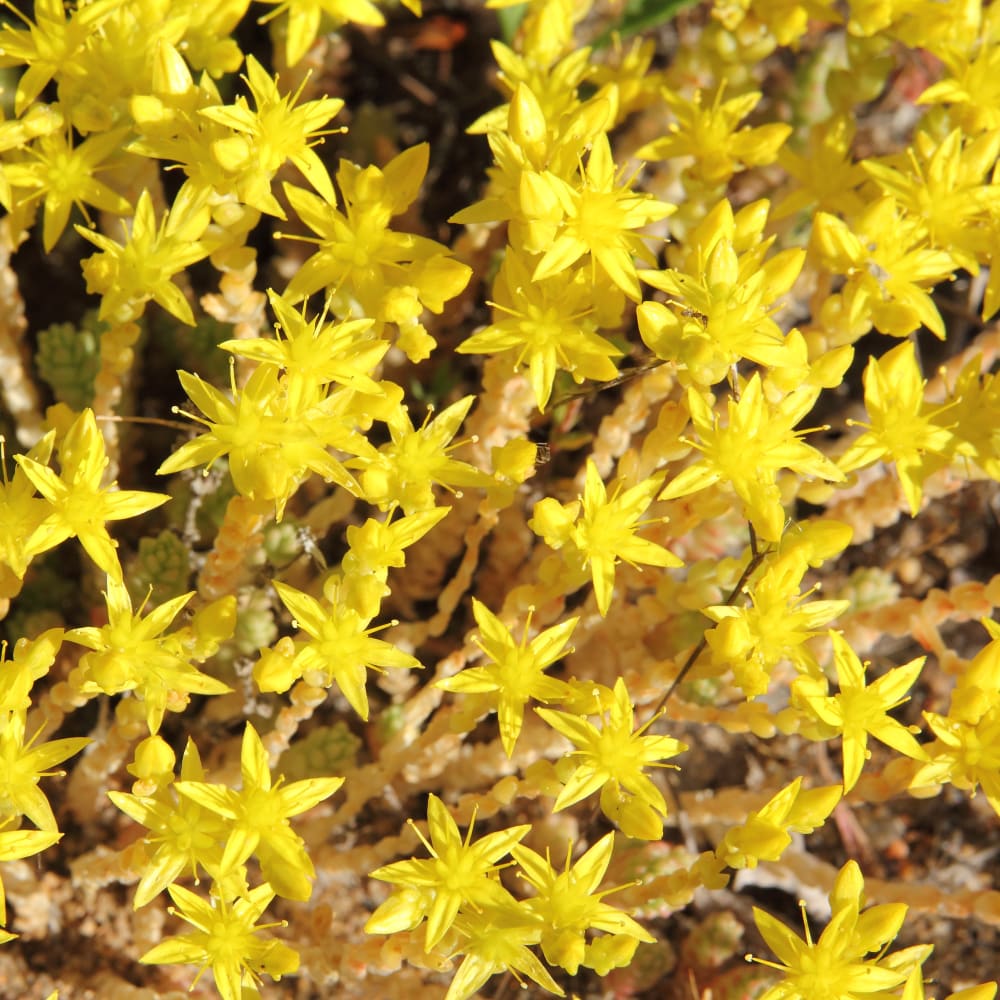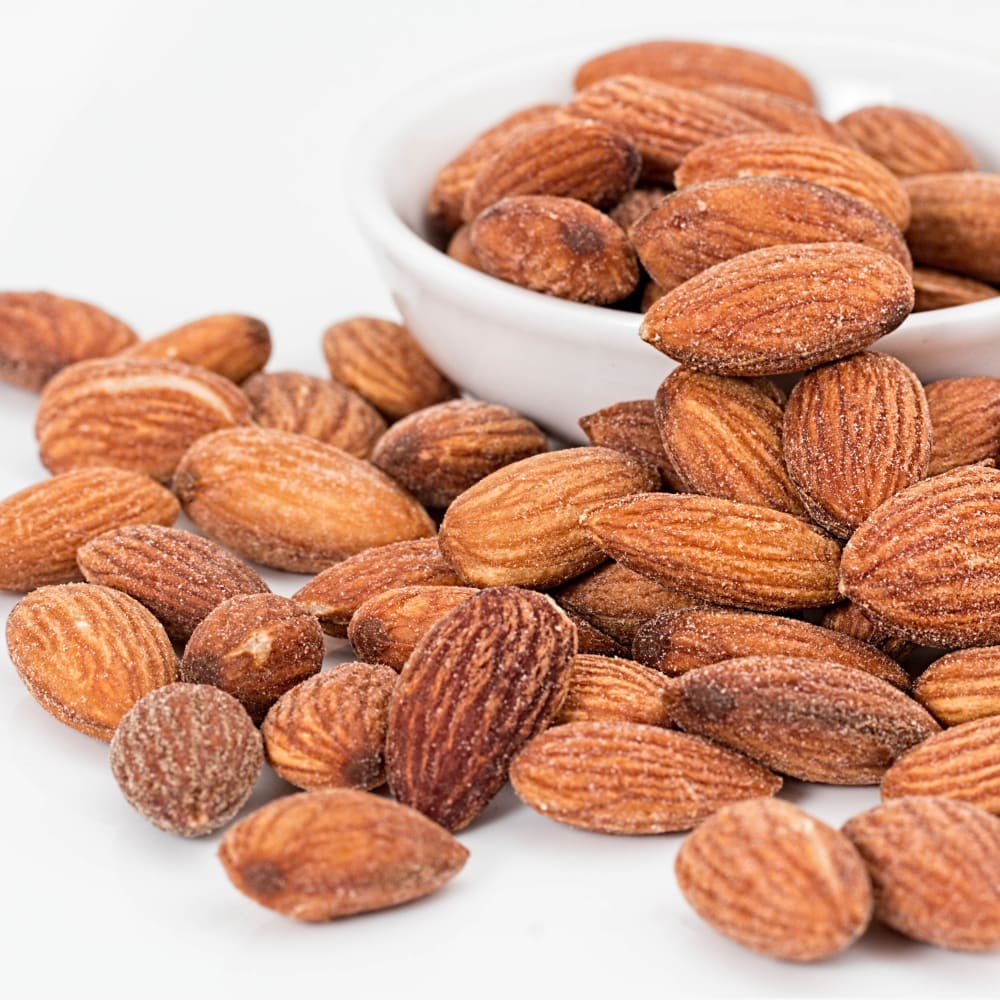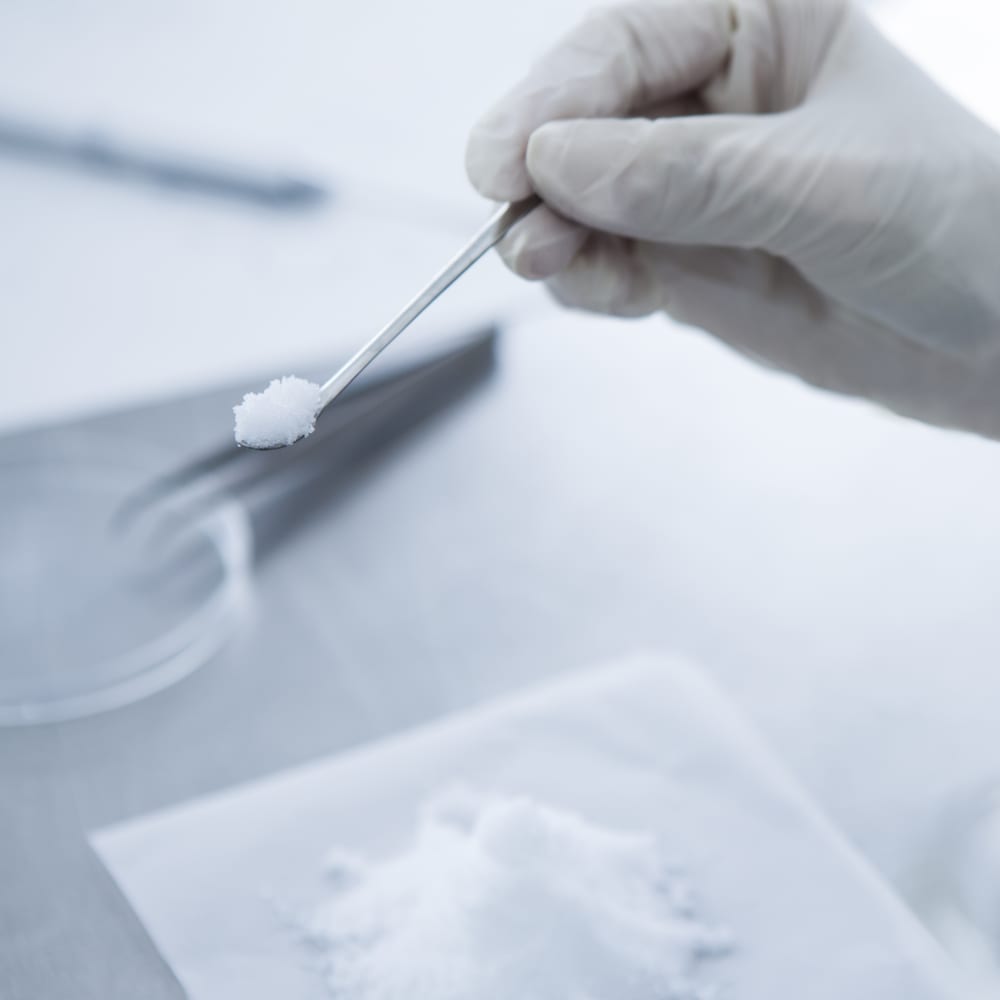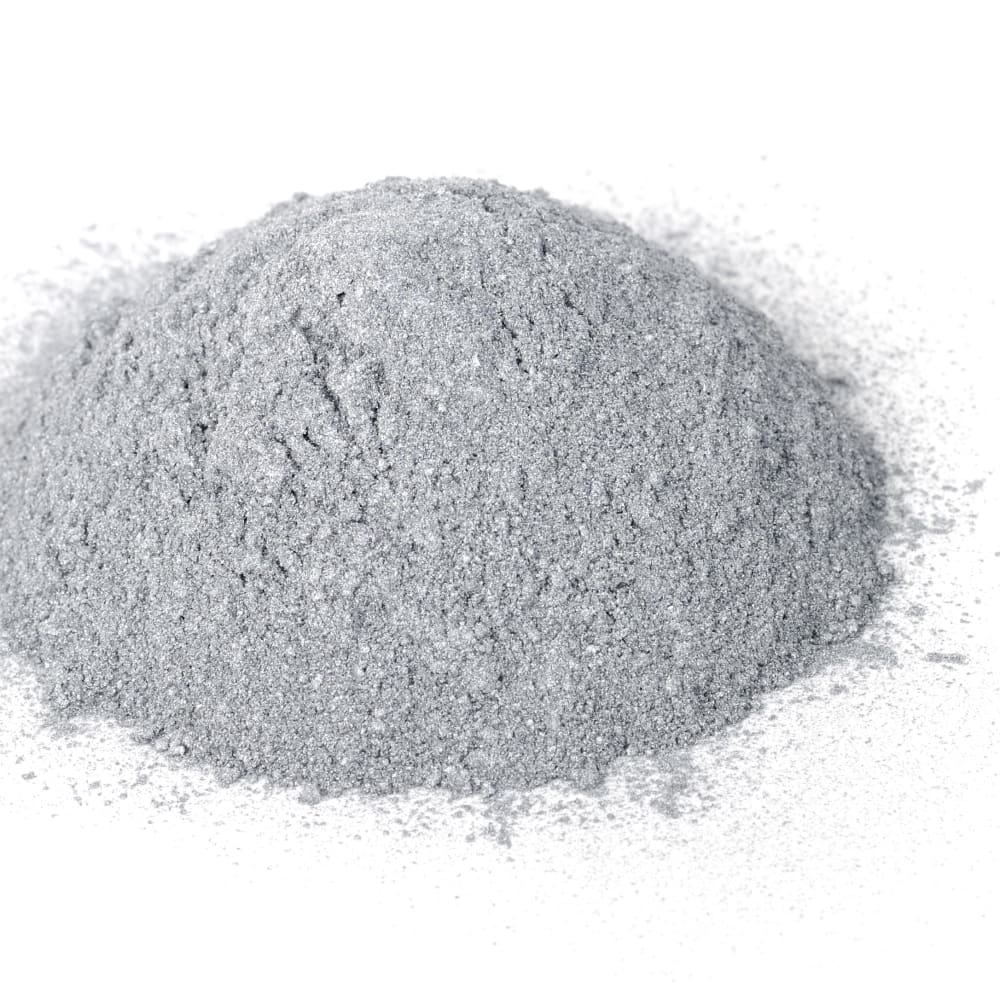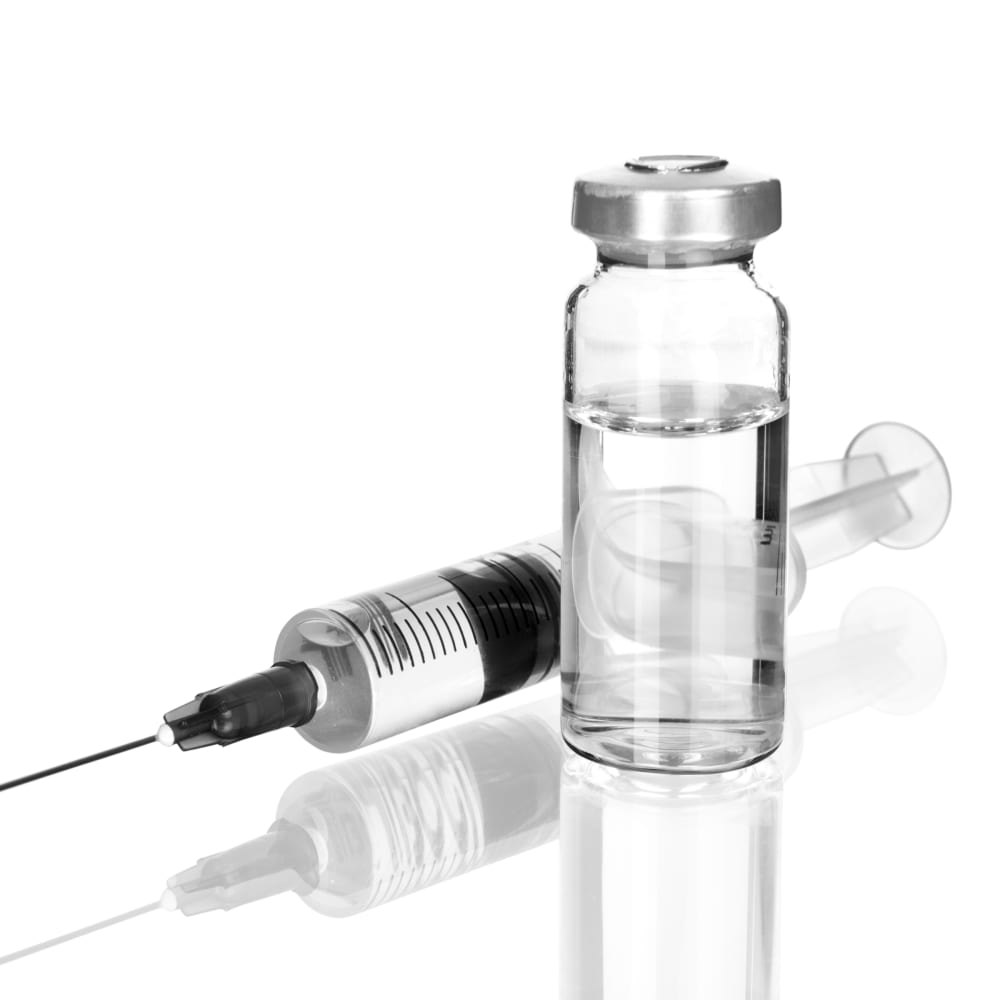Spray Drying of Titanium dioxide (TiO2)
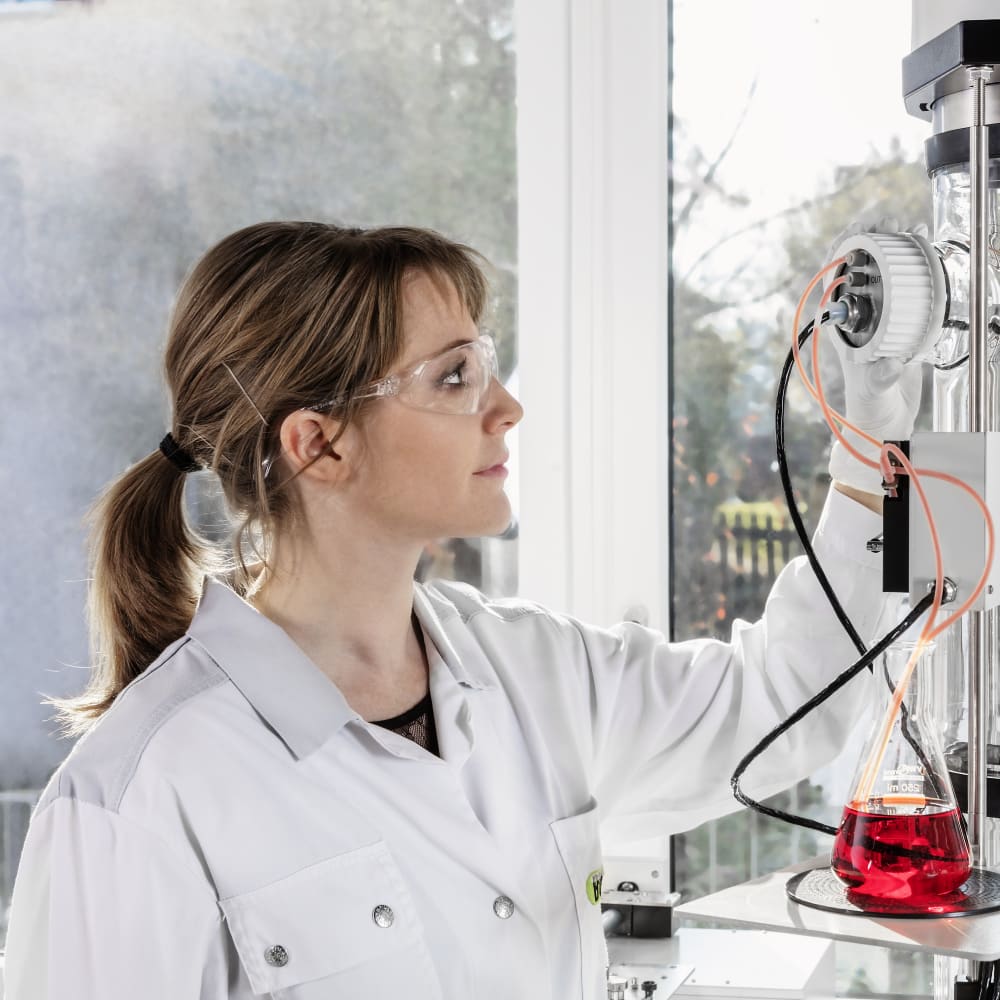
Spray drying is a popular method for producing micron-sized particles of titanium dioxide (TiO2). The process involves atomizing a TiO2 slurry into a hot drying gas to evaporate the liquid and produce fine powders. The properties of the final product depend on various parameters such as feed composition, drying temperature, and feed rate. The resulting TiO2 powders can exhibit high surface area, high purity, and excellent photocatalytic properties.
Spray drying of TiO2 is commonly used in the production of pigments, coatings, and photocatalysts. The technology has several advantages such as the ability to produce particles with a narrow size distribution, good flowability, and high yield. Furthermore, spray drying is a continuous process, which is highly scalable, making it suitable for large-scale production.
Overall, spray drying is an effective method for producing TiO2 powders with unique properties and high quality.
Please find starting parameters and some Results in this Application Note No. 697.

